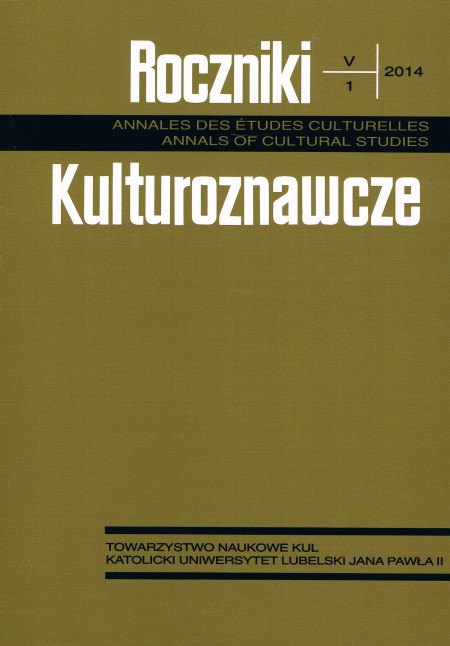The Linguistic Artistry of Hildegard of Bingen as Exemplified in Her Letters
The Linguistic Artistry of Hildegard of Bingen as Exemplified in Her Letters
Author(s): Małgorzata KowalewskaSubject(s): Cultural Essay, Political Essay, Societal Essay
Published by: Towarzystwo Naukowe KUL & Katolicki Uniwersytet Lubelski Jana Pawła II
Keywords: Middle Ages; Hildegard of Bingen; letters; linguistic artistry
Summary/Abstract: In the modern times, the life and activity of Hildegard of Bingen (1095–1179) have inspired academic research in many different fields. While Hildegard’s fundamental theological works are the three volumes of her so-called visionary trilogy: Scivias, Liber divinorum operum, and Liber vitae meritorum, it is above all her letters that offer a precious reflection of the epoch. Moreover, the collection of Hildegard’s letters is of outstanding value from the literary and linguistic points of view, since it comprises very interesting instances of the genre of medieval Christian epistle. The fact that Hildegard has been included among the Doctors of the Church provides special inspiration for the research of her letters, which offer a vivid reflection of her views and outlook. The research in question may focus on selected aspects: doctrinal, prescriptive or literary. The focal point of the present considerations is precisely the literary aspect of Hildegard’s letters. Although the literary value of her correspondence is usually considered as serving its main objective, namely prescription, it deserves separate attention. A particularly interesting theme of analysis is the stylistic means of expression Hildegard of Bingen employed in her letters. Hildegard’s letters were written in Latin. It is common knowledge that she did not learn that language systematically, so her command of it was not perfect. Her “textbooks” of rhetoric were above all the Bible, the Breviary and the writings of the Fathers of the Church, which determined her way of expression. The adoption of Biblical phraseology gives a characteristic tone to her style and determines the solemnity of the contents of her letters. Another characteristic of the language of Hildegard’s letters (and undoubtedly also of her Latin) is its figurativeness and emotional tone. A reading of Hildegard’s letters shows that they include the most important stylistic devices used in European literature. While Hildegard makes frequent use of all of them, metaphors and detailed similes are undoubtedly her favorite. She frequently and deliberately introduces alliteration and does not avoid tautology. Occasionally, passages of her letters are organized by means of rhythm or rhyme.
Journal: Roczniki Kulturoznawcze
- Issue Year: 5/2014
- Issue No: 1
- Page Range: 125-152
- Page Count: 28
- Language: English

